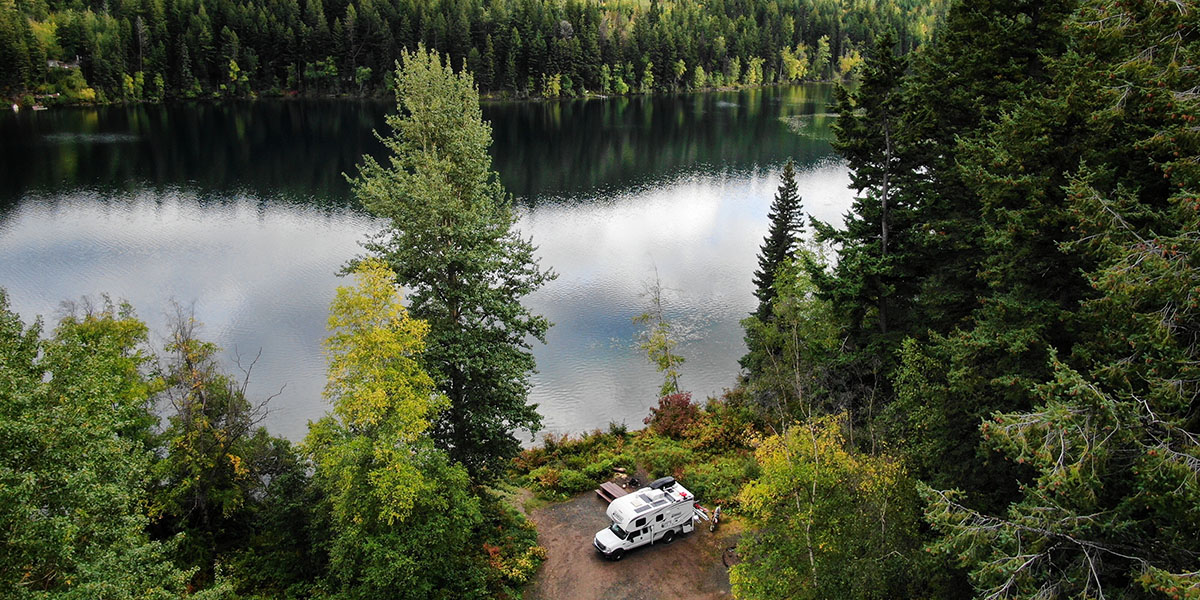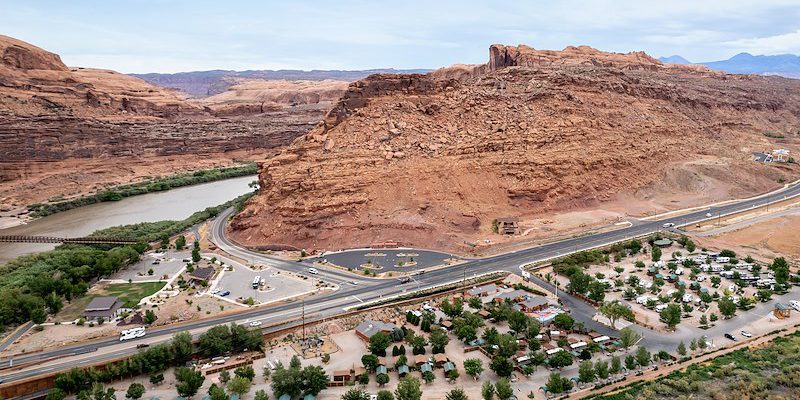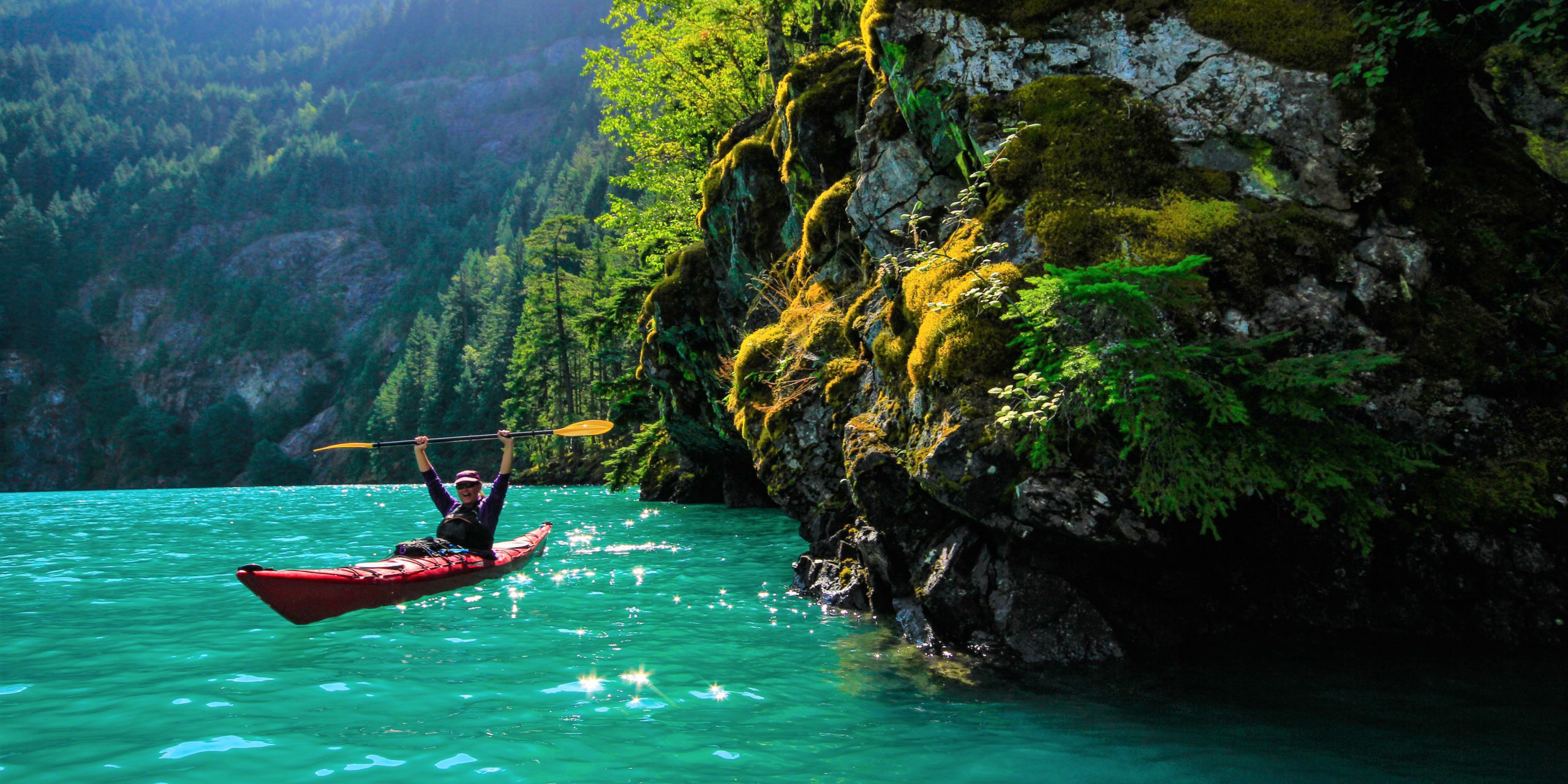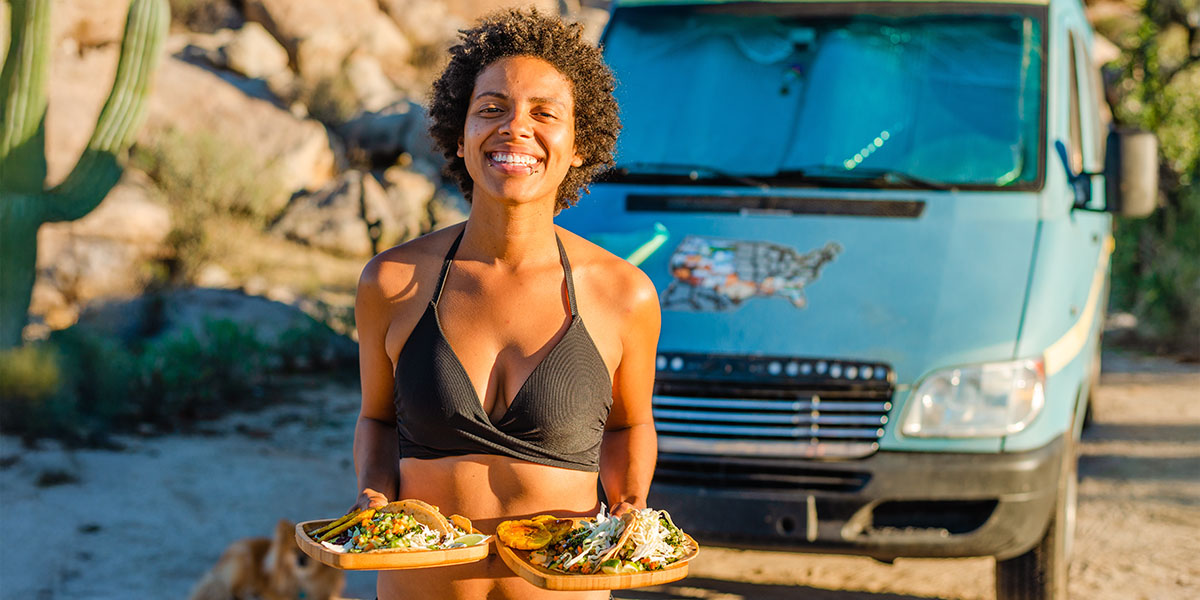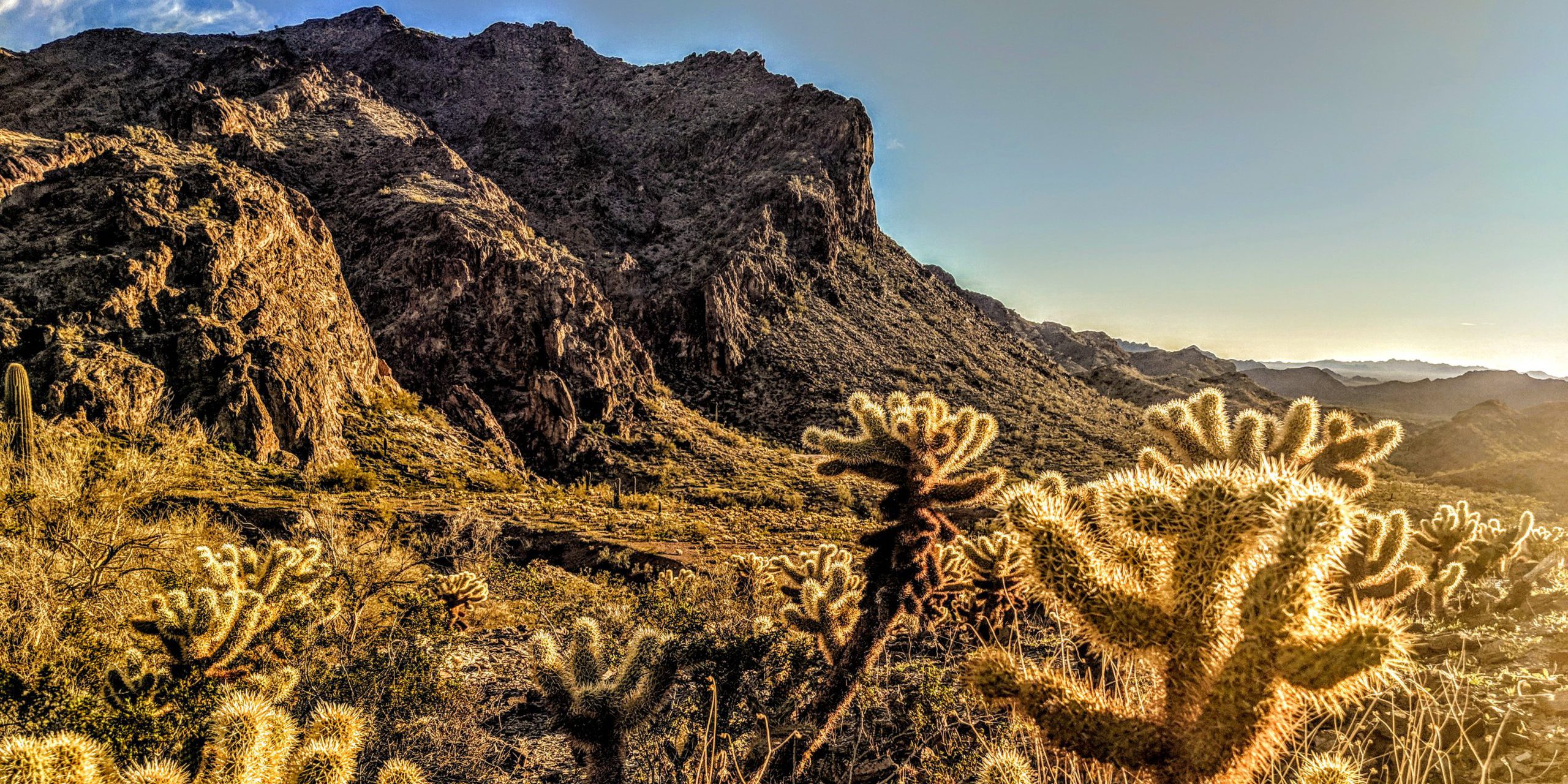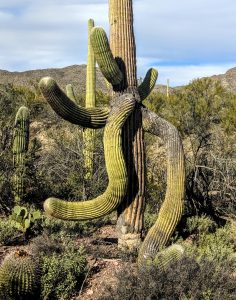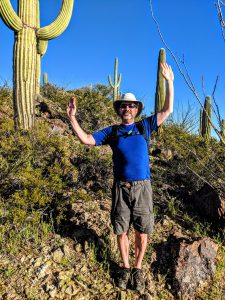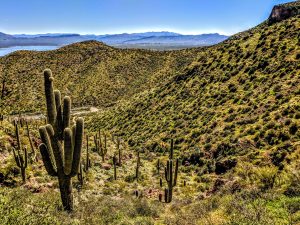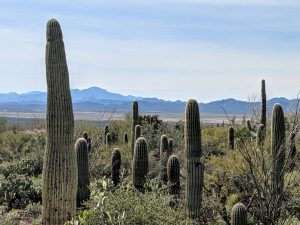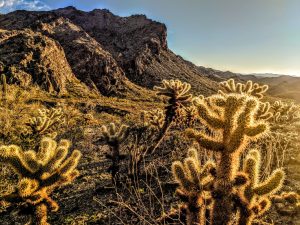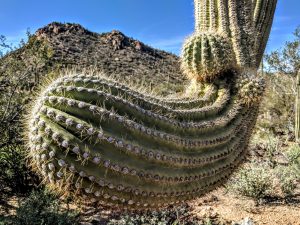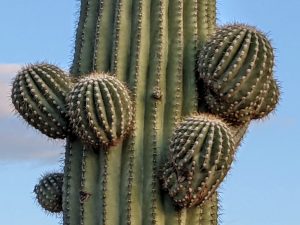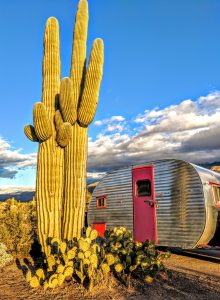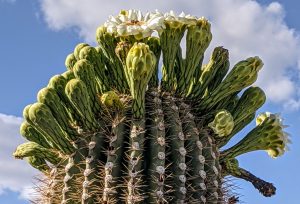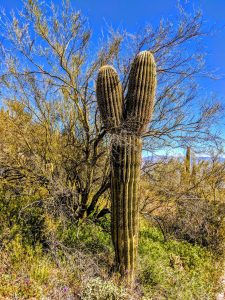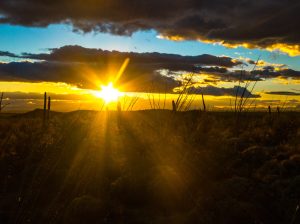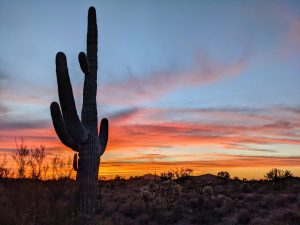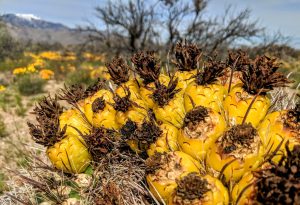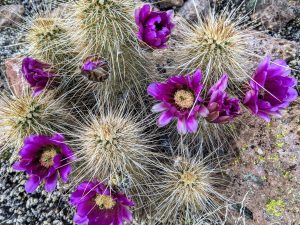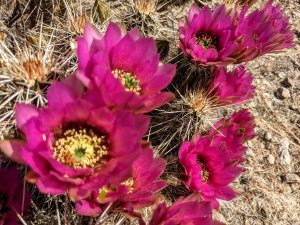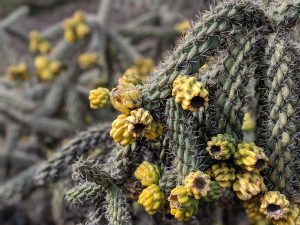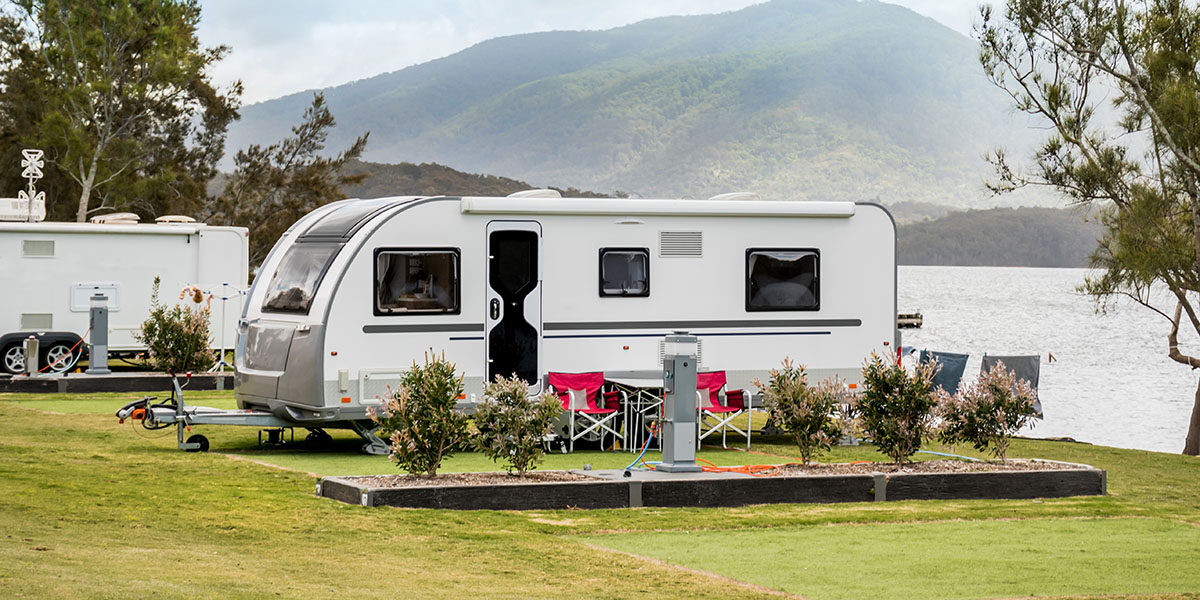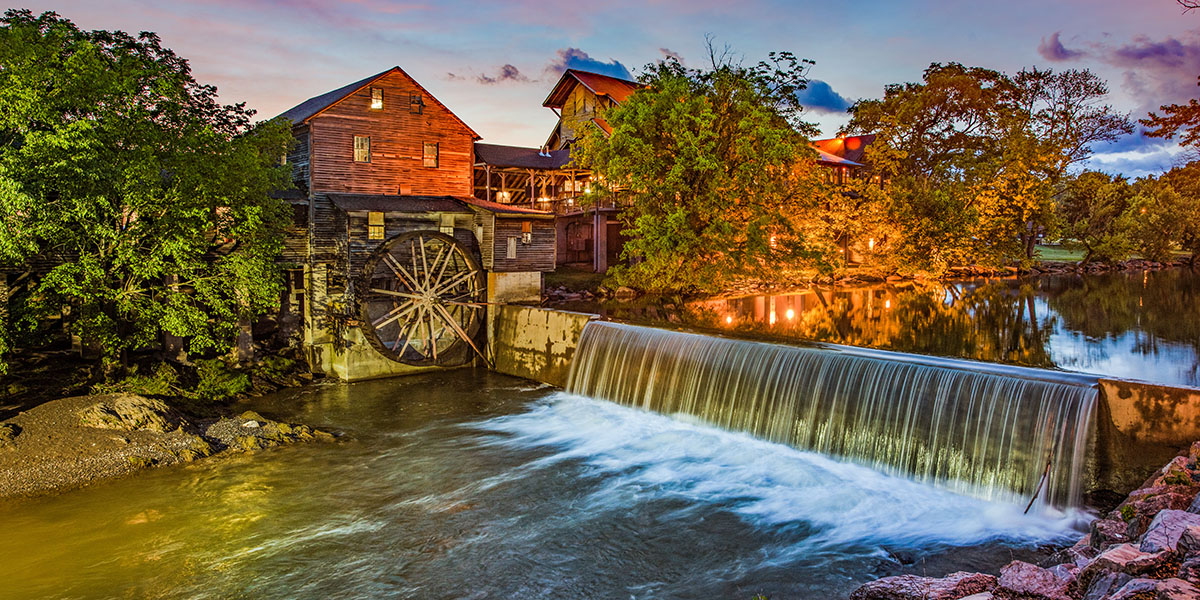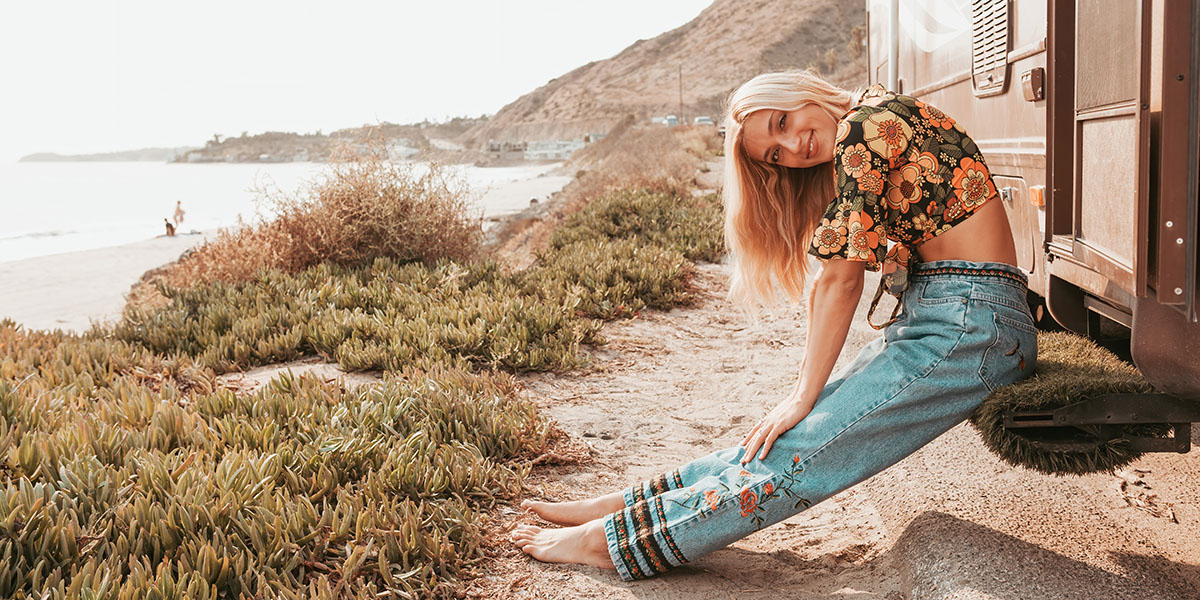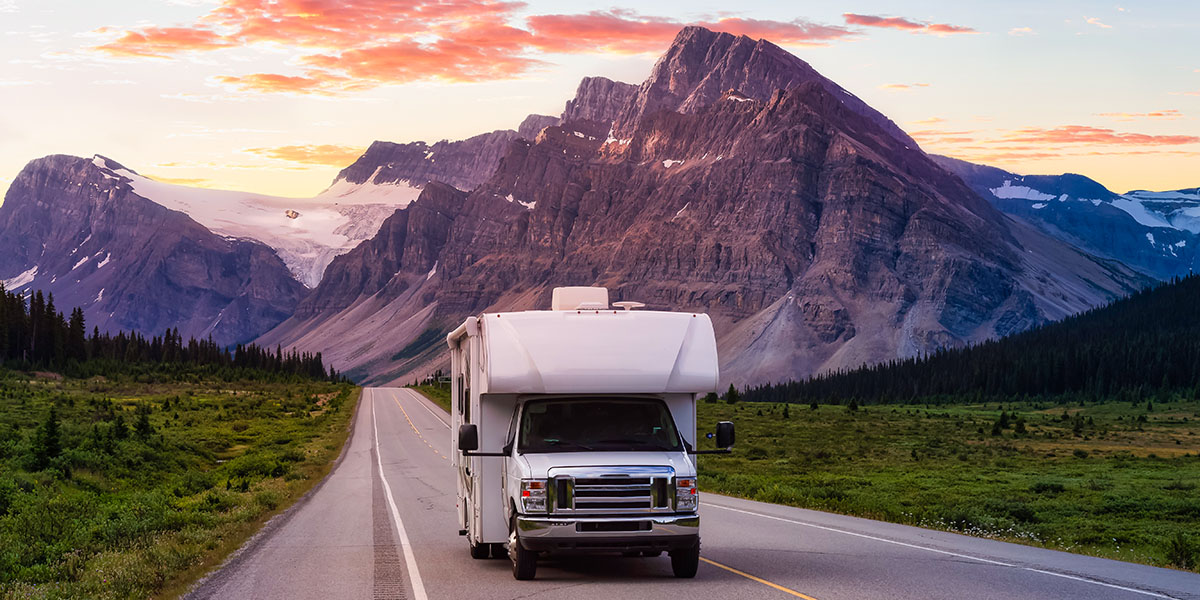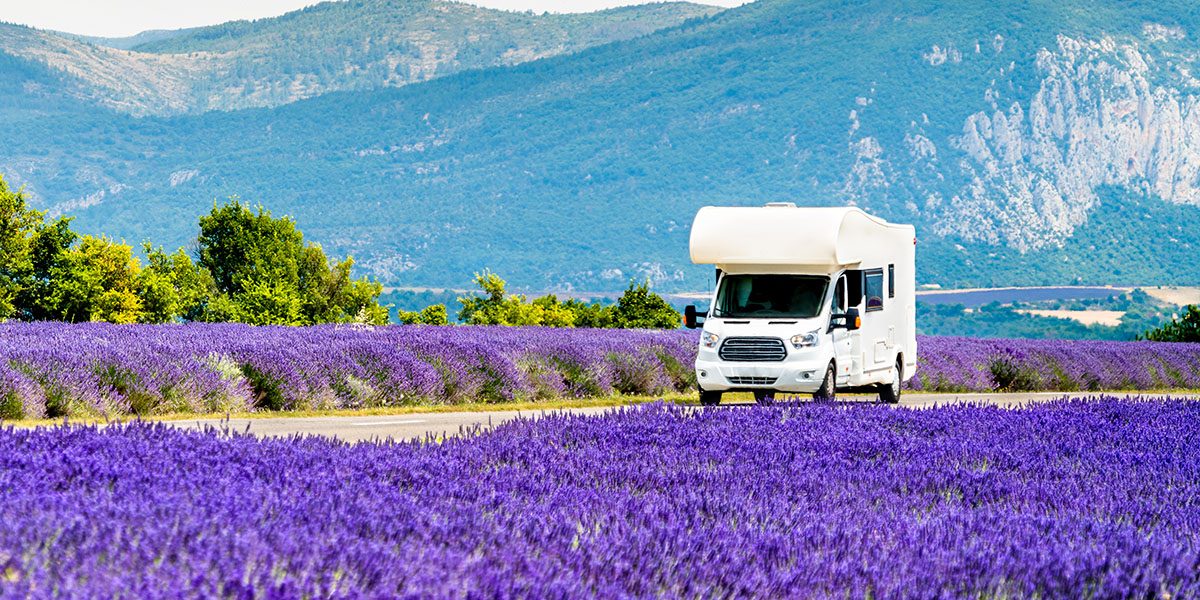There are some things that just go together. Like peanut butter and jelly. Or sports and tailgating. And come spring and summer, you can add RVs and lakefronts to the list. While some folks may be sprinting to the beach, there’s something equally awesome and curiously cool about RV lakefronts. Maybe it’s the shade of the mountain, the quiet shores, or the inviting freshwater expanse just waiting for a kayak.
So, moving roughly west to east, let’s take a look at some of the best RV lakefronts by region to circle on your map.
Pacific Northwest and California
The Pacific Northwest and California offer a lush mix of forests, volcanoes, and Pacific breezes that set the stage for jaw-dropping RV lakefront camping. From glacial lakes cradled by pine to sprawling reservoirs with sandy beaches, this region is a haven for RVers chasing both serenity and adventure.
- Best time to visit. June through September is the sweet spot. You’ll dodge most of the rain and get full access to high-altitude spots that snow can block off until late spring.
- Fun fact. While Indiana hosts the highest concentration of RV manufacturers, Oregon is holding its own with the number of quirky teardrop trailer manufacturers per capita, including Oregon Trail’R, High Camp Trailers, and Aero Teardrops.
Lake Tahoe, California/Nevada
At 6,225 feet above sea level, Lake Tahoe delivers alpine beauty with a side of action. RVers love the combination of beach camping and easy access to hiking, paddleboarding, and biking. Campgrounds like Camp Richardson Historic Resort & Marina offer partial RV hookups and lake access within walking distance of the marina.
Lake Chelan, Washington
This glacier-fed lake is tucked into the eastern Cascades and known for its shockingly clear water. Lake Chelan State Park features RV sites with hookups, plus convenient beach access, boat launches, and nearby wineries that give the region a unique flair.
Shasta Lake, California
With over 360 miles of shoreline, Shasta Lake is one of California’s largest reservoirs and a hub for boating and fishing. Antlers RV Park & Campground sits right on the water and offers full hookups, making it ideal for longer lakefront stays.
Great Lakes and Midwest
The Midwest might be landlocked, but many of its lakes rival ocean coastlines in scale and beauty. Which means it’s a goldmine for RV lakefronts. With easygoing towns, accessible camping, and endless shorelines, this region is a dream for RVers who want long stays and big skies.
- Best time to visit. June through early September is the high season, with warm water and long daylight hours perfect for fishing, swimming, and lazy beach days.
- Fun fact. Lake Michigan is the only Great Lake located entirely within the United States — the only one that doesn’t border Canada, making it a unique RV destination.
Sleeping Bear Dunes on Lake Michigan, Michigan
Towering dunes, forested bluffs, and freshwater beaches make this area one of the best in the country. Platte River Campground offers electric hookups and proximity to both Lake Michigan and the Platte River for paddling.
Lake of the Ozarks, Missouri
A water lover’s paradise with winding coves and party-ready pontoons. Lake of the Ozarks State Park has lakefront RV sites, hiking trails, and access to popular fishing and boating spots.
Devil’s Lake, Wisconsin
Set in Baraboo’s bluffs, this glacial lake has clear water and dramatic views. Devil’s Lake State Park features two campgrounds with electric hookups and quick access to the lake’s iconic rocky shoreline.
The South
The southern U.S. brings the heat — and the hospitality — to lakefront RVing. From Texas hill country to the Smoky Mountains, you’ll find warm water, warmer weather, and campgrounds that cater to a slower pace of life.
- Best time to visit. Spring (March through May) and fall (September through November) are the best bets to beat the heat while still soaking up southern charm.
- Fun fact. Texas is home to more RV parks than any other U.S. state, with over 400 RV parks listed in state and national directories, making it the most RV-accommodating state in the country.
Canyon Lake, Texas
Known as the “Jewel of the Texas Hill Country,” Canyon Lake is a go-to for tubing, boating, and lounging. Canyon Lake Marina & RV Park sits on a bluff with panoramic views and close proximity to boat rentals and swimming spots.
Lake Ouachita, Arkansas
One of the cleanest lakes in the country, Lake Ouachita is surrounded by the Ouachita National Forest. Denby Point Campground features lakeside RV sites and easy access to the lake’s 66 islands, perfect for kayakers and anglers.
Lake Martin, Alabama
This massive reservoir offers calm waters and over 750 miles of shoreline. Wind Creek State Park is a top RV destination with more than 500 campsites, many with lakefront views and full hookups.
Appalachia
From Carolina coastlines to Adirondack hideaways, the eastern seaboard offers a rich mix of culture, cuisine, and lakefront serenity. Many lakes here sit close to charming small towns and historic sites, adding extra depth to your RV road trip.
- Best time to visit. Late spring through early fall (May through October) gives you the best chance at warm water, open campgrounds, and peak foliage for northern lakes.
- Fun fact. The Appalachian Trail passes within an hour’s drive of many East Coast lake destinations, offering RVers the option to mix lake life with epic hiking.
Lake Hartwell, South Carolina
Spanning two states, this lake has 962 miles of shoreline and multiple RV-friendly parks. Twin Lakes Campground features shaded lakeside RV pads and a large boat ramp, making it perfect for anglers.
Smith Mountain Lake, Virginia
Tucked into the Blue Ridge foothills, this lake delivers peaceful coves and spectacular mountain views. Smith Mountain Lake State Park offers lakeside RV camping with beach access and wooded sites.
Lake George, New York
Dubbed the “Queen of American Lakes,” Lake George is framed by the Adirondack Mountains and offers glassy waters perfect for paddling. Lake George RV Park is a destination in itself, with full hookups, pools, hiking trails, and shuttle service into town.
Northeast
The Northeast offers a quaint, storybook vibe for RVers, especially those interested in old American charm in the lake regions of Vermont, New Hampshire, and Maine. Cool nights, clear skies, and maple-laced breezes are part of the draw, especially for folks who like their lake time with a side of hiking or moose spotting.
- Best time to visit. July through early September provides the warmest lake temps, while late September rewards you with some of the country’s best fall foliage.
- Fun fact. Maine is one of the top states in the U.S. for RV ownership per capita, consistently ranking in the top 10 according to national RV registration data.
Lake Champlain, Vermont
Spanning two states and bordering Canada, this lake offers RVers a variety of terrain, from forested shores to downtown Burlington’s lakeside promenade. North Beach Campground gives urban-meets-nature vibes with full hookups and a short bike ride to town.
Moosehead Lake, Maine
Maine’s largest lake is a wilderness escape. There are moose sightings. (No surprise there.) Loons call across the water. And there’s no shortage of stargazing. Lily Bay State Park has spacious RV sites under tall pines, right on the water.
Lounging Among the RV Lakefronts
So, whether you’re chasing solitude, shorelines, or water-based shenanigans, these RV lakefronts serve up the best of the American outdoors. And now matter which region you’re in, you can find the right spot. Then kick that awning out and just … relax with your rig. That’s the dream, right? (We thought so too.)
